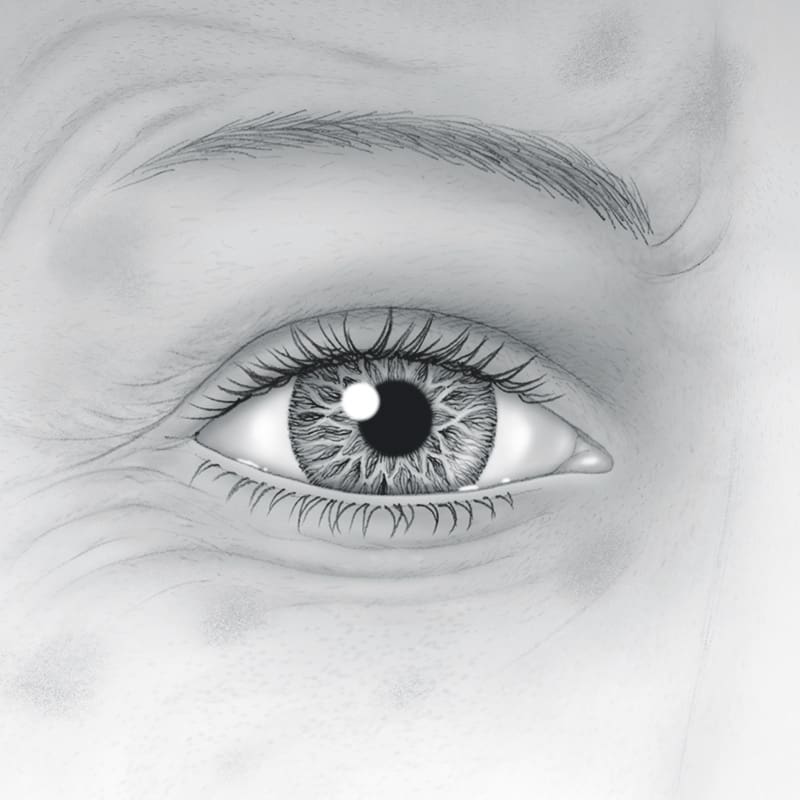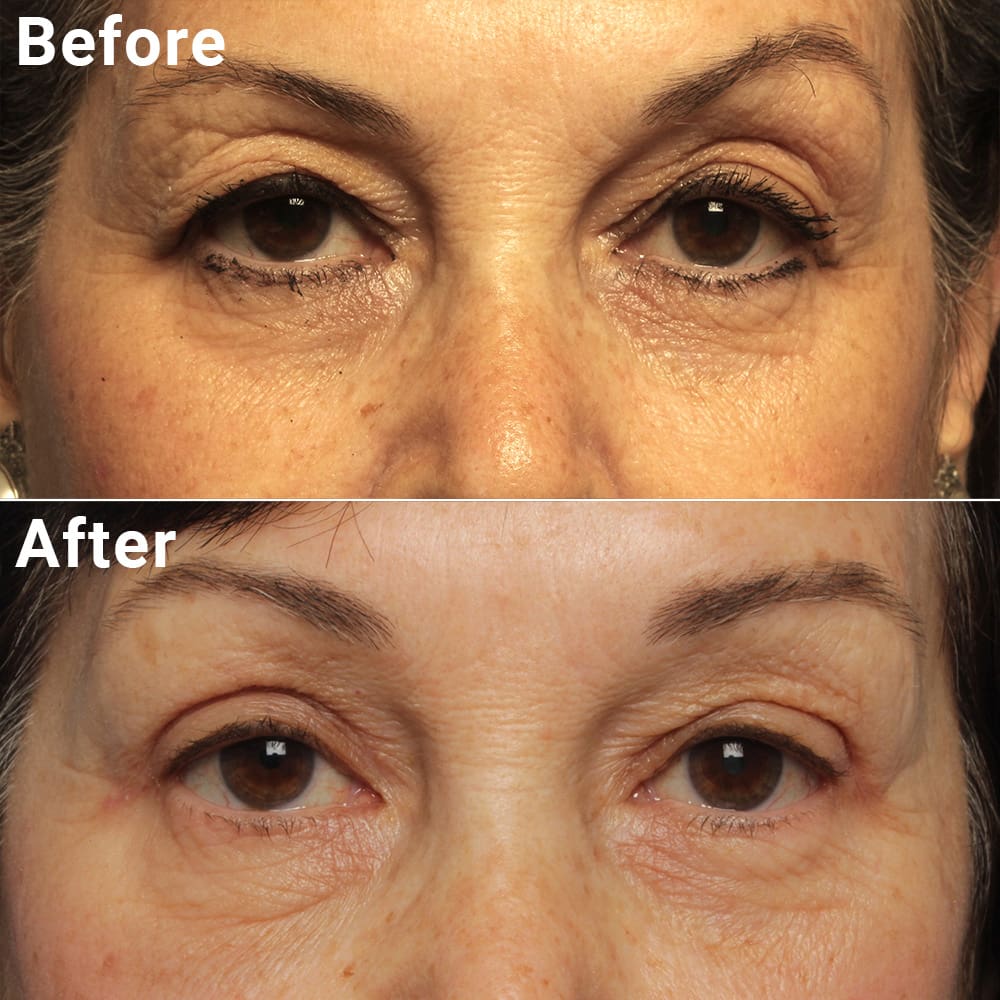Skin Rejuvenation and Resurfacing
Changes in your skin’s appearance and texture occur over time due to aging, sun exposure, acne, and genetics. Skin rejuvenation and resurfacing can reduce facial blotching, brown spots, red spots, veins, scars, wrinkles, and lines. It can also restore a youthful appearance to your skin. Many different techniques exist to address these issues including chemical peels, laser resurfacing, intense pulsed light (IPL) therapy, and dermabrasion.

To understand your treatment options, it is important to learn about the structure of your skin. The skin is composed of multiple layers, including the epidermis, which is the surface layer, and the underlying dermis, which is primarily composed of collagen, a protein involved in maintaining healthy skin and in scar formation. Resurfacing techniques target different layers of the skin and typically fall under two categories: ablative and non-ablative. Ablative techniques are more invasive, as they physically damage the surface layers of the skin to promote growth of new and healthier layers. Non-ablative techniques are less invasive, as they do not cause direct damage to the skin, but instead use heat on targeted areas to promote growth of healthier layers. Some laser therapies come in both ablative and non-ablative forms.
Treatments
Ablative skin resurfacing includes laser treatments such as carbon dioxide (CO2) and erbium-doped yttrium aluminum garnet (Er:YAG) lasers, medium and deep chemical peels (trichloroacetic acid and phenol), and dermabrasion. CO2 and Er:YAG lasers work by delivering a combination of light and heat to the epidermis and dermis that vaporize the outer layers of damaged skin. The laser can be delivered to treat all of the skin’s surface or a fraction of it. The fractional approach creates a grid pattern of treated areas interspersed with untreated areas to speed healing. Chemical peels are chemicals that can be applied to the face to exfoliate layers of damaged skin, with each chemical penetrating to different depths. Dermabrasion is a procedure in which a physician uses a wire brush or diamond wheel to manually remove the outer layers of the skin. This can promote superficial production of collagen. Your physician can use skin resurfacing techniques to improve the appearance of facial scars, fine lines and wrinkles, brown/red spots, and sun-damaged skin.
Your physician will review your specific concerns and medical history and advise you about the best use of ablative vs non-ablative skin resurfacing in your situation. If undergoing CO2 or Er:YAG laser treatments, your physician will apply topical or local anesthetic to numb your skin, or may give you sedation if a larger surface area is being treated or if a more intense dose of laser is required. During the treatment itself, a beam of light is aimed at your skin to destroy the epidermis and heat the dermis, which can take from 30 minutes to 2 hours depending on the size of the area being treated. Results can be seen within several months and last for several years. For dermabrasion procedures, your physician may or may not choose to use a topical anesthetic. They will then use a high speed rotating brush to physically scrape off layers of damaged skin. Dermabrasion treatments take several minutes to an hour to perform. Results may take up to 3 months to appreciate.
Non-ablative skin resurfacing includes laser treatments, light chemical peels (glycol), and intense pulsed light (IPL) devices. Like ablative treatments, non-ablative laser treatments can be delivered in small fractions, leaving normal areas of skin in between damaged columns. By interspersing treated and untreated columns of skin, the untreated areas can help to heal and regenerate those treated with laser therapy a bit faster. Other techniques involve wavelengths of laser light that are targeted at stimulating regeneration of collagen to improve the skin’s appearance. Intense pulsed light is yet another form of photorejuvenation, in which pulses of light are applied to the skin to treat sun-damaged areas, age spots, pigmentation (reds and browns), unwanted hair, and blood vessels on the face.
Your physician will review your specific concerns and medical history and advise you about the best use of non-ablative skin resurfacing in your situation. Non-ablative laser therapy may require multiple treatments over the course of several weeks or months, with each treatment occurring over 15 minutes to 1.5 hours. Your physician will first apply topical anesthetic to numb the area of skin being treated, before aiming a beam of light at the area of skin being treated.
During intense pulsed light treatments, topical anesthetic is applied to numb your skin and you are given dark sunglasses to wear to protect your eyes. The IPL device is then held on your skin and delivers pulses of light to the affected area over the course of 20-30 minutes. You may require 3-6 treatments, each one month apart. Results from non-ablative therapies may not last as long as those from ablative therapies and may require maintenance treatments 1-2 times per year.
Risks and Complications
Risks of skin resurfacing include hyperpigmentation or hypopigmentation, swelling, infection, scarring, or prolonged redness of the treated skin. Since ablative techniques damage multiple layers of the skin, they tend to have a longer recovery time (1-2 weeks) and have higher rate of complications compared to non-ablative techniques. If you have a history of cold sores, please inform your doctor, as laser treatments around the mouth can reactivate them. If you have ever taken certain medications such as isotretinoin, have a darker skin tone or complexion, or have a history of forming excessive scars, resurfacing techniques may not be recommended and need to be discussed in depth with your physician. Strict use of sunscreen is recommended after treatments, as your skin will be extra sensitive in the immediate post-procedure period.
